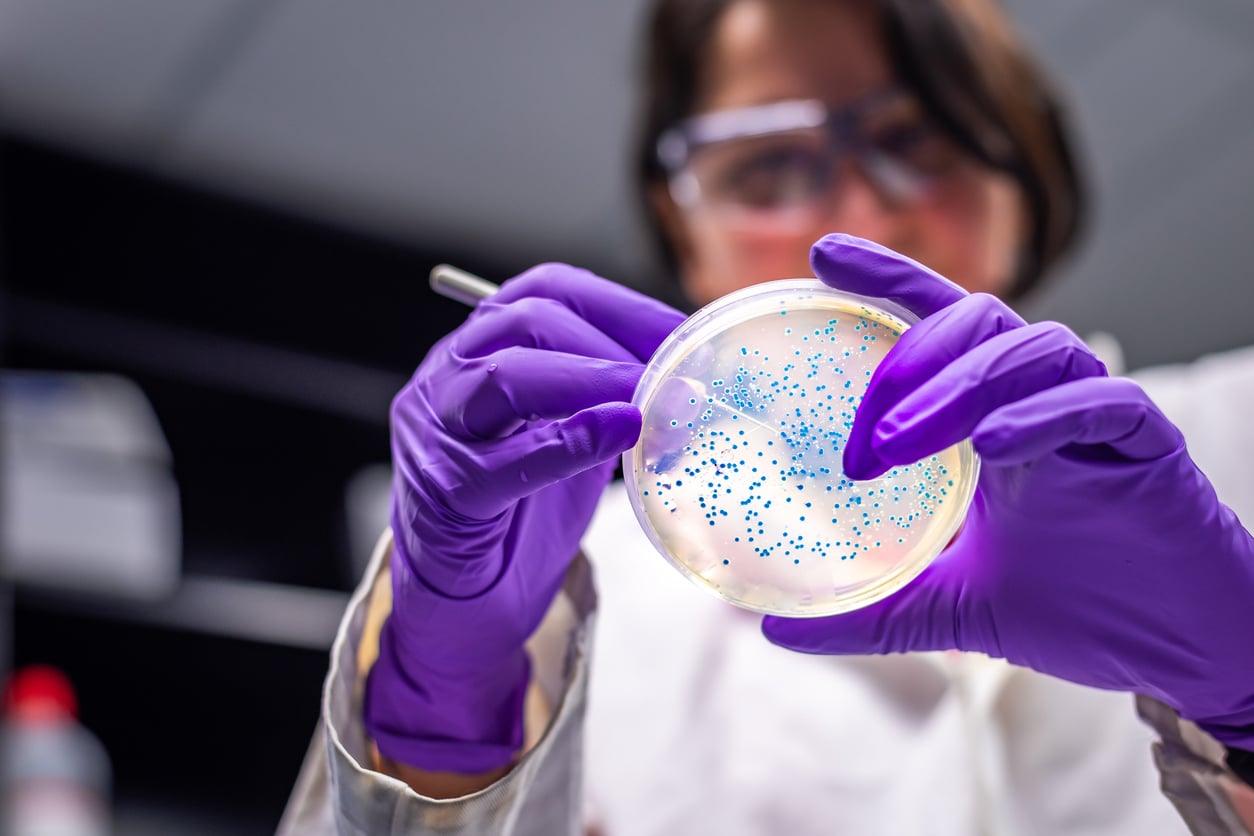FAQ: What Is in the Tiber Health MSMS Curriculum?
A Bridge Between College and Medical School
For many pre-medical students, the path to medical school isn’t a straight line. Even with strong motivation and a solid undergraduate background, it can be difficult to demonstrate readiness for the rigor of professional medical training. That’s where a Master of Science in Medical Sciences (MSMS) can come in.
The Tiber Health MSMS curriculum, offered via our network of university partners, is designed to mirror the first year of an LCME-accredited medical school. It gives students the opportunity to strengthen their academic foundation, experience medical-school-level coursework, and gain data-driven insight into their readiness for professional study.
Below, we answer the most common questions about the MSMS curriculum.
What is the MSMS program?
The Master of Science in Medical Sciences (MSMS)is a rigorous graduate-level program that prepares students for medical, dental, pharmacy, or other professional health-science schools.
Its curriculum replicates the structure and depth of medical school courses, allowing students to prove they can succeed at that level.
How is the MSMS curriculum structured?
The curriculum includes 42 total credit hours completed over three semesters:
- Semester 1: 18 credits
- Semester 2: 18 credits
- Semester 3: 6 credits
The final term offers a lighter load to allow for review, integration, and professional school application work.
What courses are included in the program?
Students complete the following courses:
- Gross Anatomy, Embryology and Imaging
- Physiology I
- Physiology II
- Medical Biochemistry I
- Medical Biochemistry II
- Microbiology
- Neuroscience
- Histology and Cell Biology
- Medical Ethics
- Interprofessional Perspectives in Health Disparities
These courses cover the same foundational biomedical sciences found in the first year of medical school, with added emphasis on ethics and health equity.
What makes the MSMS curriculum unique?
Instead of relying on long lectures, the MSMS uses a dynamic, flipped-classroom model. Students review content—lectures, videos, readings—before class and then spend class time on:
- Case-based problem solving
- Virtual labs
- Team-based discussions
- Clinical and competency exercises
This model emphasizes active learning, critical thinking, and collaborative engagement—skills essential for future healthcare professionals.
How does the curriculum use technology and data?
The Tiber Health MSMS curriculum integrates a proprietaryanalytics system that tracks student performance by discipline and topic.
- It shows how students perform across USMLE-aligned subjects.
- It highlights strengths and areas for improvement.
- It uses benchmarking data from medical school graduates who passed the USMLE Step 1 to gauge how students could perform based on their MSMS progress.
This allows for personalized feedback and targeted study strategies—something few graduate programs offer.
How long does it take to complete the MSMS?
Most students complete the program in 12–15 months across three consecutive semesters. Some of our university partners also offer a 20-month online version of the program that supports students who need to study part-time.
Who enrolls in the MSMS program?
MSMS students are typically:
- Recent college graduates with pre-medical coursework
- Applicants looking to strengthen their academic records
- Career-changers entering the health sciences
- Students improving their readiness for medical, dental, or pharmacy school
What skills are most important for success?
Students who thrive in the MSMS tend to:
- Manage time effectively
- Study actively and consistently
- Use data feedback to target weak areas
- Participate fully in class discussions and case work
- Stay motivated through a demanding schedule
Does the program only prepare students for medical school?
No. While many participants go on to MD or DO programs, the MSMS also strengthens preparation for dental, pharmacy, physician assistant, and other health-science graduate programs.
How does the MSMS address professionalism and ethics?
The curriculum includes:
- Medical Ethics (1 credit): exploring moral decision-making and professionalism in medicine.
- Interprofessional Perspectives in Health Disparities (1 credit): emphasizing cultural competence, teamwork, and understanding inequities in healthcare.
These courses remind students that medicine is about compassion and justice, not just about science.
Building Readiness for Medicine—And More
With a curriculum modeled after the first year of medical education, an analytics system that personalizes student learning, and support from our university partners’ dedicated faculty members, the MSMS offers a strong bridge between undergraduate training and professional health education.









